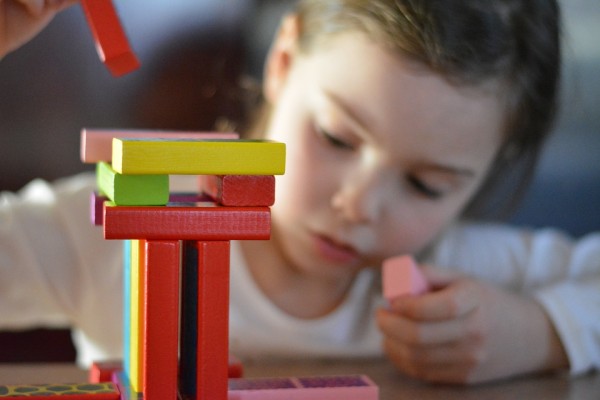
Children commonly show signs of a mental disorder soon after receiving a diagnosis involving a of a chronic physical condition, according to a recent study in BMJ Open.
Researchers from the University of Waterloo surveyed children between the ages of six and 16, and all within a month of their diagnosis with asthma, food allergy, epilepsy, diabetes or juvenile arthritis. According to parents' responses to a standardized interview, 58 per cent of children screened positive for at least one mental disorder. This is the first study of its kind to recruit children with different conditions, and so soon after diagnosis.
"These findings show that risk for mental disorder is relatively the same among children with different physical conditions," said Mark Ferro, a professor in the School of Public Health and Health Systems at Waterloo and Canada Research Chair in Youth Mental Health. "Regardless of their condition, children with a physical and mental health problems experience a significant decline in their quality life within the first six months after receiving their diagnosis, indicating a need for mental health services early on."
Six months after diagnosis, the number of kids showing signs of a mental disorder dipped slightly to 42 per cent. Anxiety disorders were most common, including separation anxiety, generalized anxiety and phobias.
"It is possible that the number is higher very early because there is some uncertainty surrounding the prognosis, or unanswered questions about management and treatment," said Alexandra Butler, a graduate student at Waterloo and lead author of the paper. "It is important to not only identify at-risk children early but to also have resources to support them."
The researchers found that age and gender had no impact on the results. A subset of kids self-reported on their own mental health. Where 58 per cent of parents reported that their children presented signs of a mental health problem, only 18 per cent of kids reported it. This result speaks to the need for health professionals to get multiple perspectives when assessing children's mental health.



